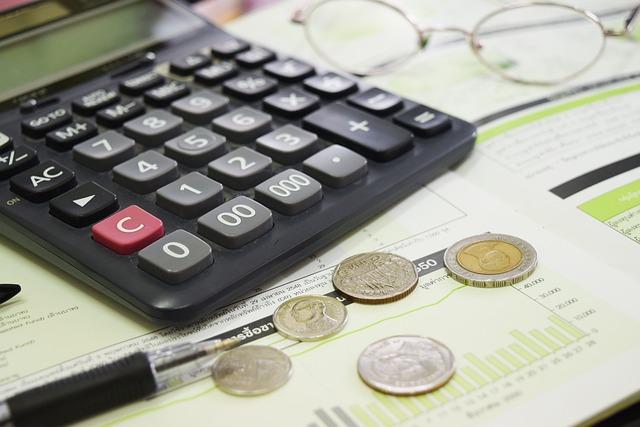The Politics of Economic Inequality in Pakistan
In recent years, economic inequality has emerged as one of the most pressing issues in Pakistan. It is not merely a social concern but a political challenge that affects governance, policymaking, and the socio-economic fabric of the nation. This article will delve into the multifaceted politics of economic inequality in Pakistan, examining its root causes, implications, and potential solutions.
Understanding Economic Inequality in Pakistan
Economic inequality refers to the unequal distribution of income and opportunity between different groups in society. In Pakistan, this disparity manifests in several ways:
- Income Disparity: A significant gap exists between the rich and the poor, with a small percentage of the population holding a vast share of the country’s wealth.
- Access to Education: Economic status remains a barrier to quality education, perpetuating a cycle of poverty.
- Health Inequities: Economic inequality influences access to healthcare services, often leaving the underprivileged without adequate medical support.
Political Implications of Economic Inequality
The political landscape in Pakistan is heavily influenced by economic inequalities. Here’s how:
1. Governance and Corruption
Corruption often finds its roots in economic disparity. Wealthy elites may use their resources to gain political power, undermining democratic processes and accountability. This creates a vicious cycle where the wealthiest manipulate policies to benefit themselves, often at the expense of the poorer population.
2. Social Unrest and Stability
Economic inequality can lead to social unrest. When a significant portion of the population feels marginalized, it can lead to protests, strikes, and violence. Historical instances in Pakistan, such as the 2007 lawyers’ movement, were fueled by dissatisfaction with government policies that favored the elite.
3. Policy Making
Poverty and economic challenges influence policy decisions. Politicians may prioritize issues that affect elite classes, sidelining policies that would improve the lives of the vast population. This often results in policies that exacerbate existing inequalities.
Case Studies: Economic Inequality in Action
Several examples illustrate how economic inequality impacts socio-political dynamics in Pakistan:
| Case Study | Description | Outcome |
|---|---|---|
| 2018 General Election | Rising economic disparities led to voter disillusionment with traditional parties. | Emergence of new political parties focused on socio-economic reforms. |
| COVID-19 Impact | The pandemic exacerbated existing inequalities, disproportionately affecting the lower economic strata. | Increased calls for social safety nets and health reforms. |
Benefits of Addressing Economic Inequality
Addressing economic inequality can lead to numerous benefits for Pakistan, including:
- Improved Stability: A more equitable distribution of wealth can reduce social unrest and promote political stability.
- Enhanced Growth: Investing in education and health for the impoverished can create a more skilled workforce, driving economic growth.
- Empowerment of Marginalized Groups: Policies aimed at alleviating poverty can uplift underrepresented communities, fostering a more inclusive society.
Practical Tips for Reducing Economic Inequality
Effective measures can mitigate economic disparity in Pakistan:
- Promote Inclusive Education: Implementing policies that incentivize education for low-income families can break the cycle of poverty.
- Enhance Health Services: Expanding access to affordable healthcare is essential to ensure that economic hardship does not deny basic medical needs.
- Implement Progressive Taxation: Tax reforms targeting wealthy individuals and corporations can redistribute wealth more equitably.
Conclusion
The politics of economic inequality in Pakistan is a complex issue that deeply influences the nation’s socio-economic landscape. By understanding the underlying causes and implications of this disparity, we can better address the challenges it presents. Through effective policy interventions and collective action, Pakistan can work towards a more equitable society, ultimately leading to a more stable and prosperous future.



